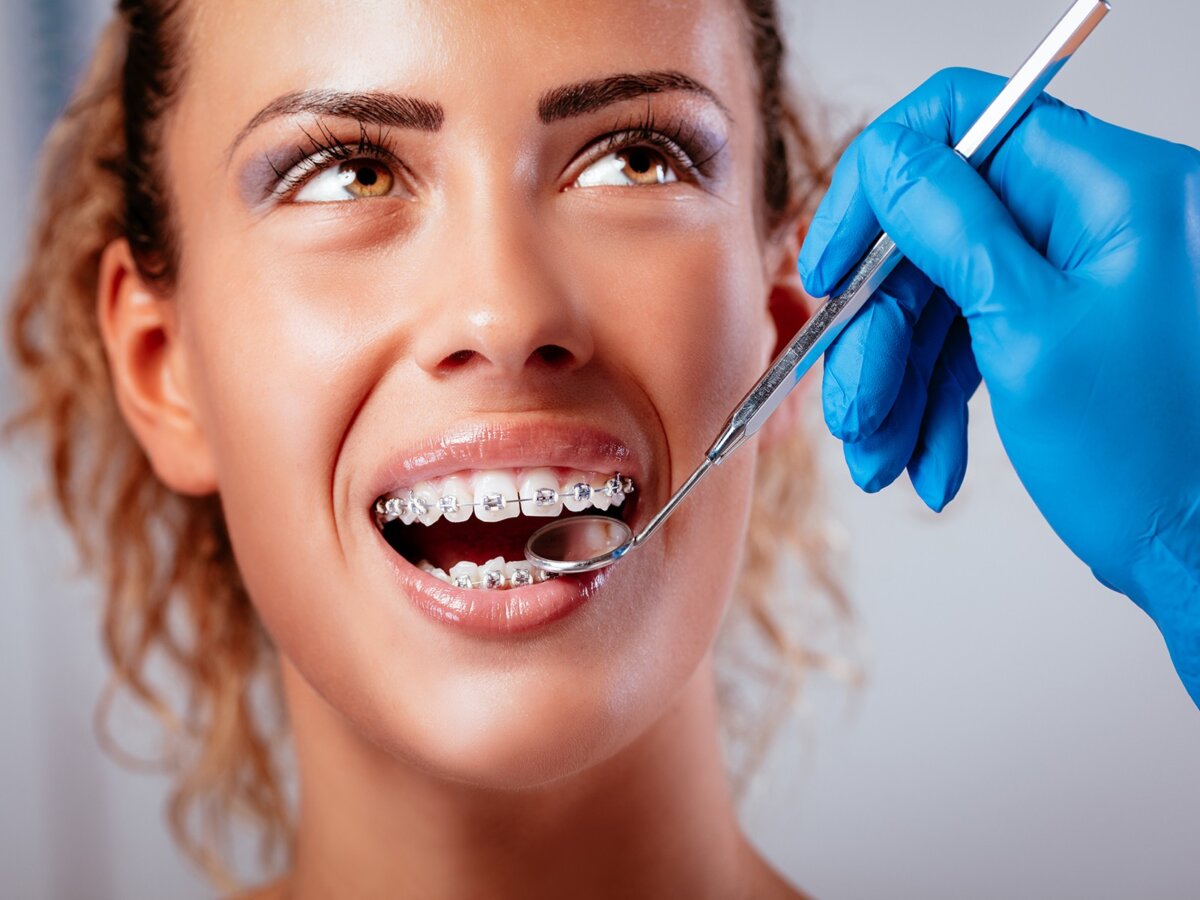Blog
Dental hygiene tips for healthy teeth & gums

Does flossing help speed up braces?
Yes, flossing two times a day is one of the most basic and efficient ways to remove your braces sooner.
How Does Flossing Help With Braces?
Braces straighten your teeth, but they also promote an increase in the amount of food, plaque, and bacteria that must be cleaned regularly. Otherwise, you’ll encourage the growth of germs and the formation of plaque. If you wish to keep tooth decay and gum disease at bay, you must clean your teeth regularly.
Braces come with brackets that tend to trap food particles in the brackets and wires. Because of the way it’s set out, you’ll have to put in more effort to travel to all of the difficult-to-reach locations.
While braces might raise the chance of gingivitis and cavities, you can combat this by brushing as well as flossing your teeth regularly to ensure that your oral health is maintained so that your braces are removed sooner.
Benefits of flossing:
- Prevents excessive bleeding and swelling of the gums.
- Reduce your risks of developing gum disease or tooth decay.
- Keep your gums and teeth in a good shape.
Correct Way of Flossing
A floss threader, waxed floss, and some time are all you’ll need.
Loop 12-14 inches of floss in your threader and direct it under a wire using the stiff end. Slide it beside and up each tooth’s gum line after you get there. Remove it and thread it under a major wire, through the next set of teeth. While teens can floss on their own, small children with braces will almost certainly need assistance from their parents.
Even if flossing takes longer with braces, don’t skip it. These flossing methods may make the process go more quickly and easily. Make an appointment with your dentist if you require additional assistance.
Yes, flossing two times a day is one of the most basic and efficient ways to remove your braces sooner.
How Does Flossing Help With Braces?
Braces straighten your teeth, but they also promote an increase in the amount of food, plaque, and bacteria that must be cleaned regularly. Otherwise, you’ll encourage the growth of germs and the formation of plaque. If you wish to keep tooth decay and gum disease at bay, you must clean your teeth regularly.
Braces come with brackets that tend to trap food particles in the brackets and wires. Because of the way it’s set out, you’ll have to put in more effort to travel to all of the difficult-to-reach locations.
While braces might raise the chance of gingivitis and cavities, you can combat this by brushing as well as flossing your teeth regularly to ensure that your oral health is maintained so that your braces are removed sooner.
Benefits of flossing:
- Prevents excessive bleeding and swelling of the gums.
- Reduce your risks of developing gum disease or tooth decay.
- Keep your gums and teeth in a good shape.
Correct Way of Flossing
A floss threader, waxed floss, and some time are all you’ll need.
Loop 12-14 inches of floss in your threader and direct it under a wire using the stiff end. Slide it beside and up each tooth’s gum line after you get there. Remove it and thread it under a major wire, through the next set of teeth. While teens can floss on their own, small children with braces will almost certainly need assistance from their parents.
Even if flossing takes longer with braces, don’t skip it. These flossing methods may make the process go more quickly and easily. Make an appointment with your dentist if you require additional assistance.
Schedule your appointment with a dentist today and get the treatment on time!
